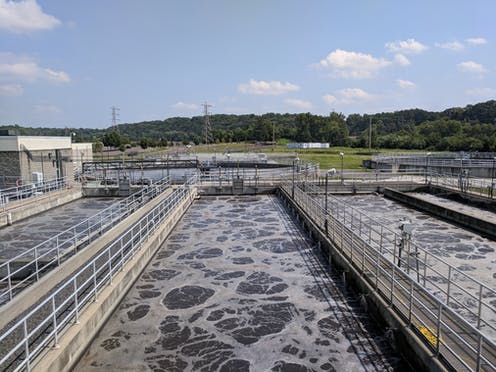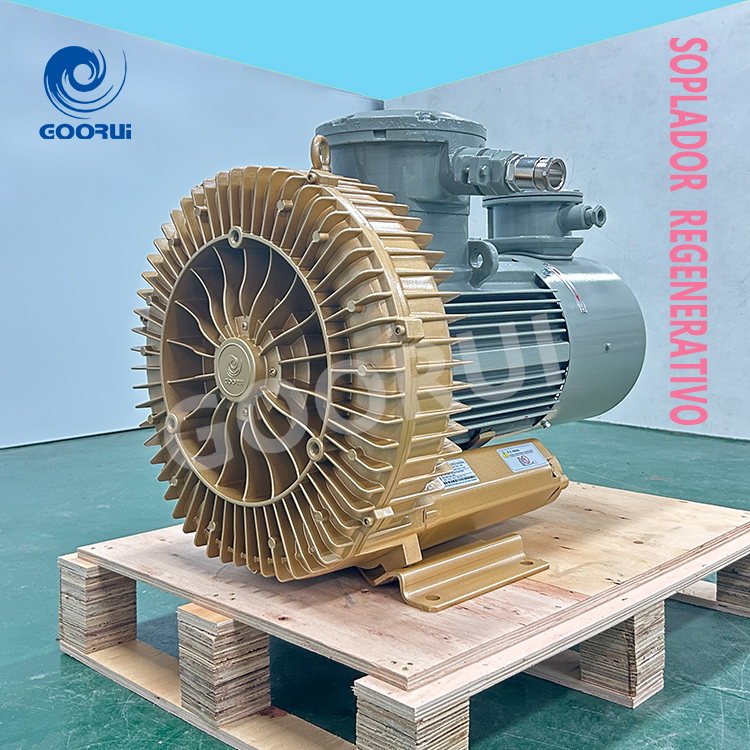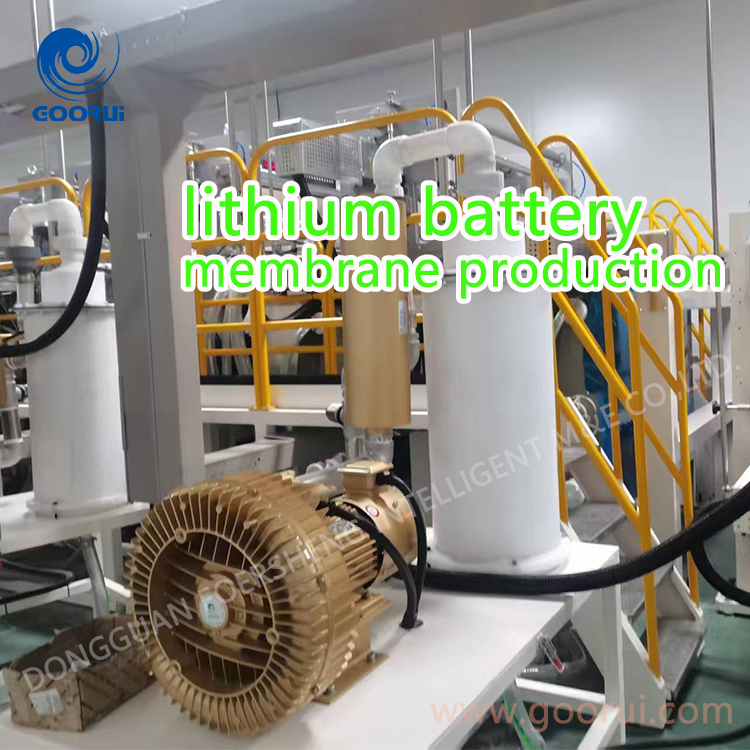Proper aeration and blower selection are two of the most important considerations at a wastewater plant. Aeration energy consumption at wastewater treatment plants typically consumes 60% of all electrical usage. Blowers can offset some of the energy requirements. To ensure the most effective results, we can help you select the proper size, type and layout of blower equipment.
Blower Basics
Blowers create air flow (flow rate). The total blower system creates pressure (back pressure) through resistance to air flow. By combining the flow rate and back pressure, you can identify the actual operating air flow. Optimal energy use is achieved when the pressure in headers is just sufficient to overcome the static pressure. Because many wastewater treatment plant operators tend to set pressure points too high, excess blower discharge pressure occurs – which wastes power.
Main Components in Blower System
- Blower
- Motors and engines
- Drive components
- Air filters
- Silencers
- Piping
- Tanks
- Valves and fittings
- Gauges and switches
- Controls and instruments
- Heat exchangers
While the purpose of the blower is to create additional air flow, the purpose of blower controls is to provide the correct air flow at any time, which in turn provides enhanced aeration efficiency. Besides matching the air flow to existing demands in the most efficient manner, the blower control system also monitors and makes further adjustments, such as running the smallest number of machines and running them within their best range of efficiency.
Providing for the correct oxygen level at any moment requires automatic flow adjustments. Blower systems must therefore be most efficient, stable and adaptabe to changing conditions. Various solutions can address these fluctuations, including throttling suction, adjusting speed drives or cycling different blowers.
Blower Energy Efficiency Considerations
- Match blower air flow to process requirements
- Optimize blowers so they are running in their most efficient range
- Run the least number of blowers (a blower that is turned off is not consuming energy)
- Minimize system discharge pressure and inlet losses
- Provide flexibility and adequate turndown for loading variations
- Avoid idle operation and bleeding off of air
- Schedule blower operations to maximize longevity and maintenance intervals
- For wastewater treatment plants that use different submersion depths, it may be more beneficial to use separate blowers for the various depths of aeration.
Contact GOORUI team for more information !






